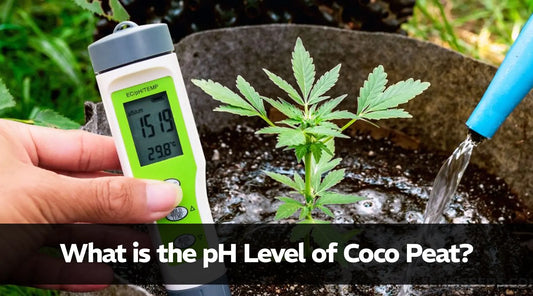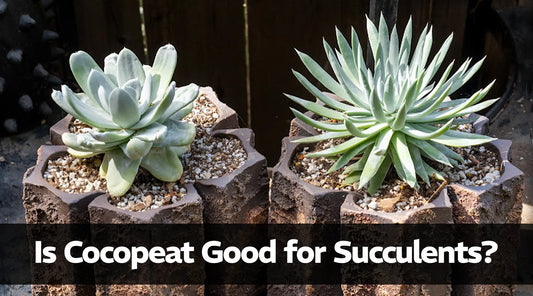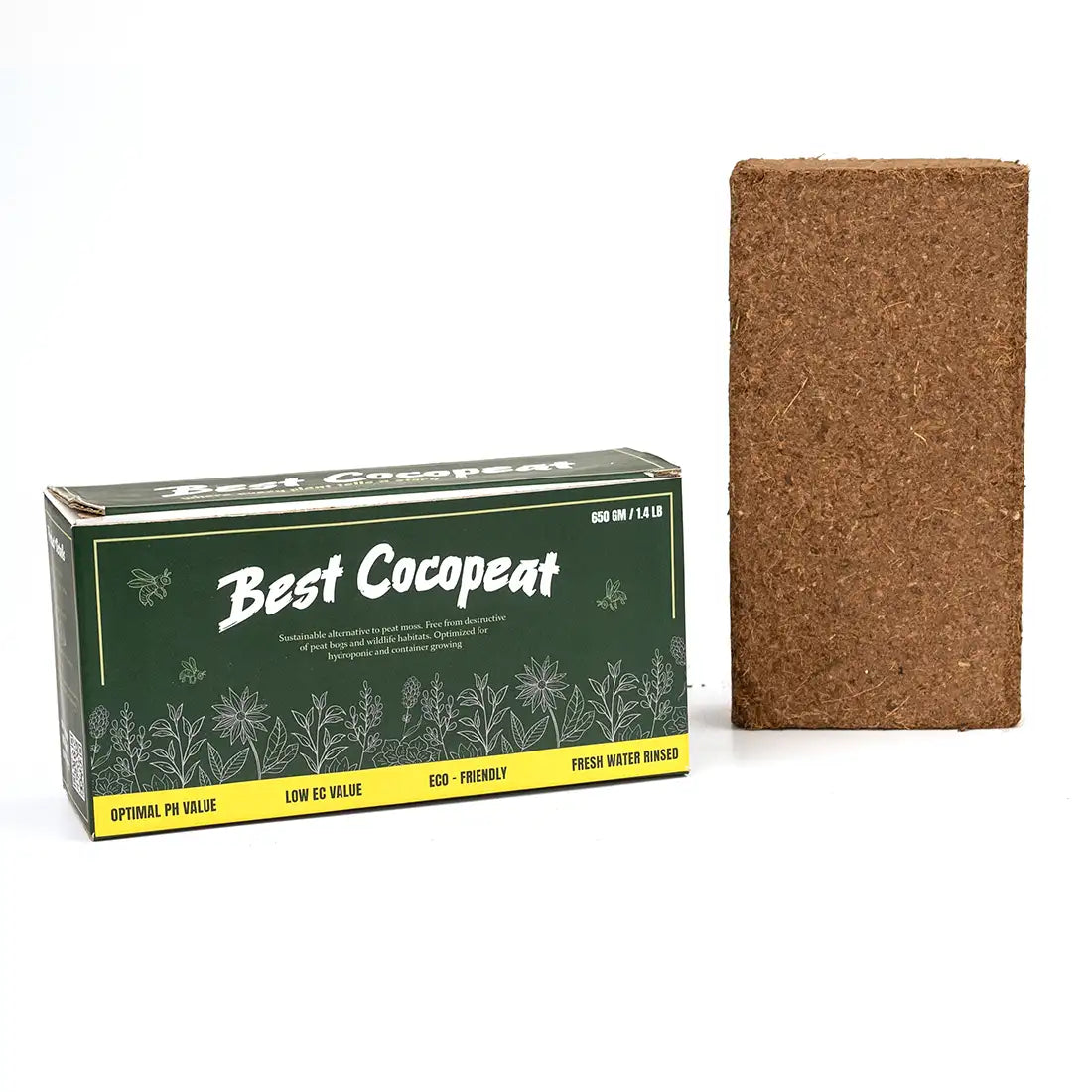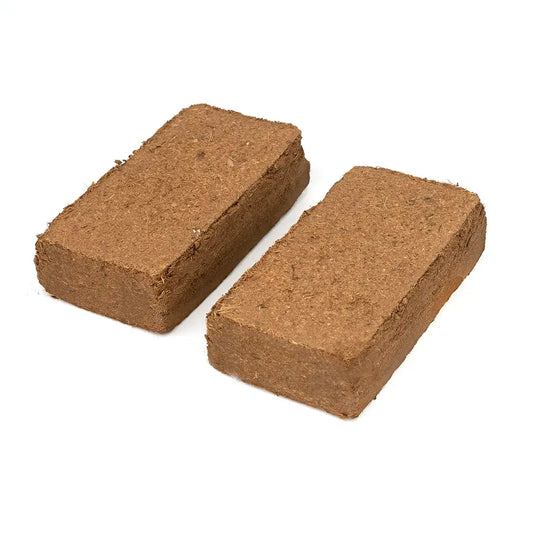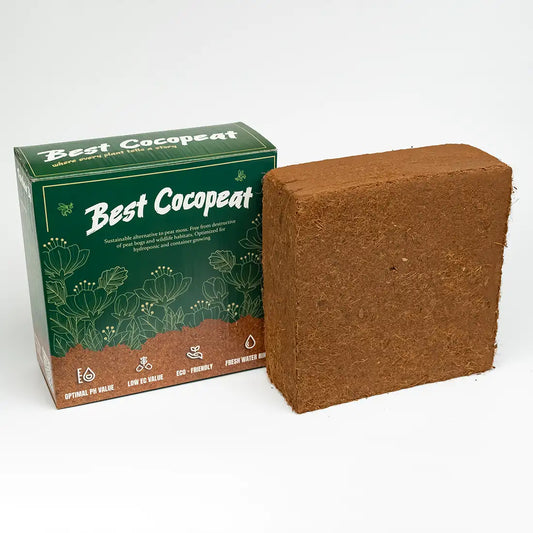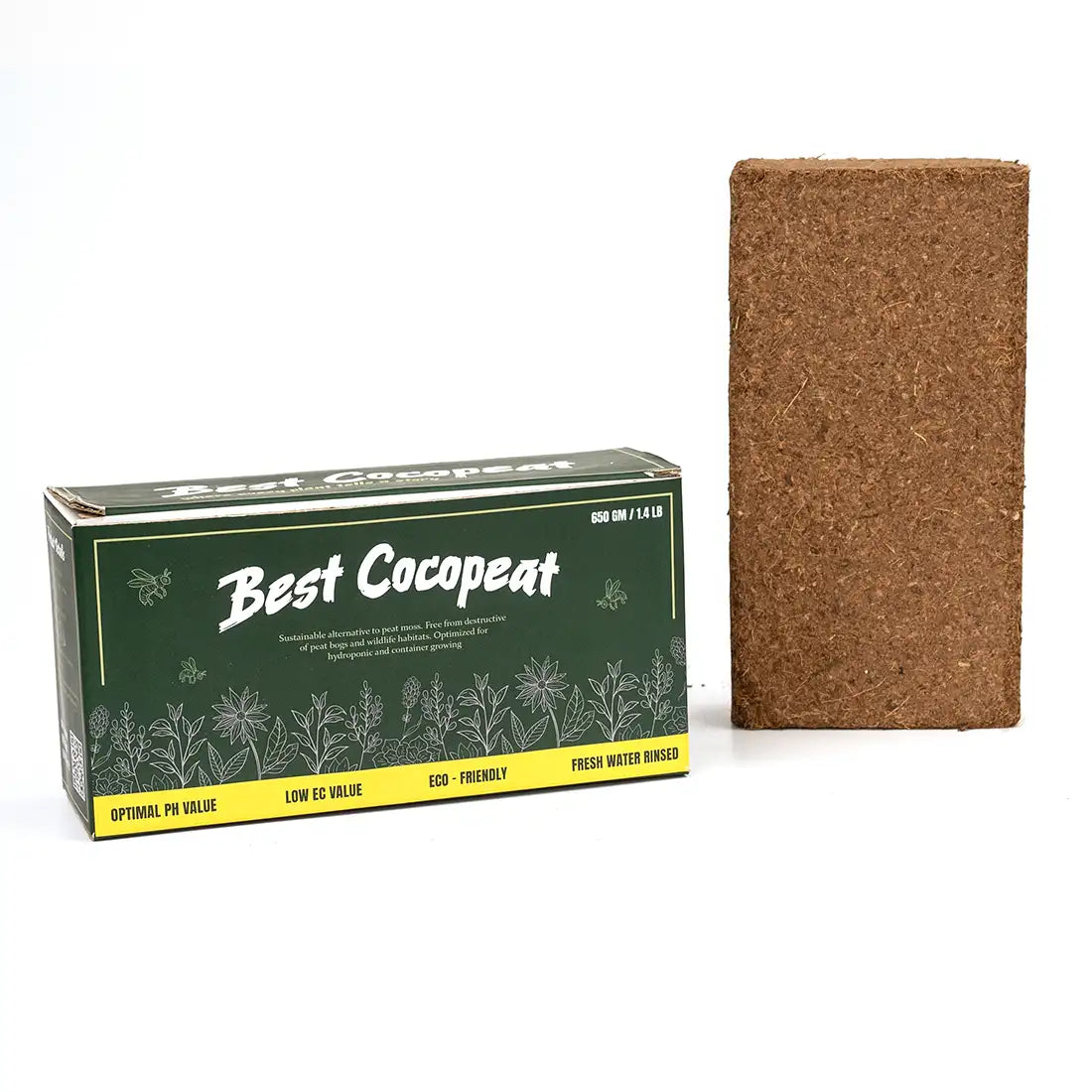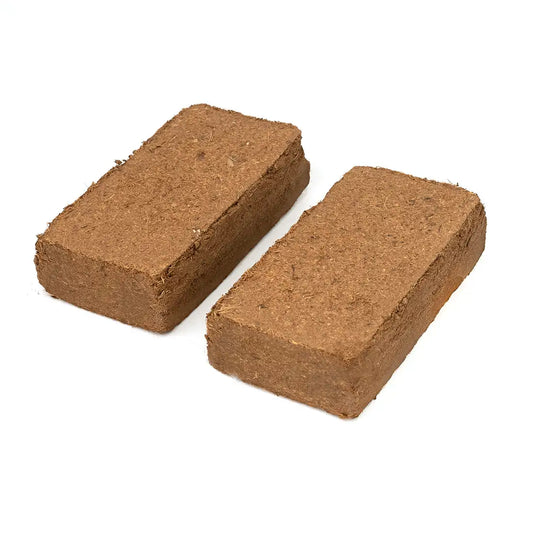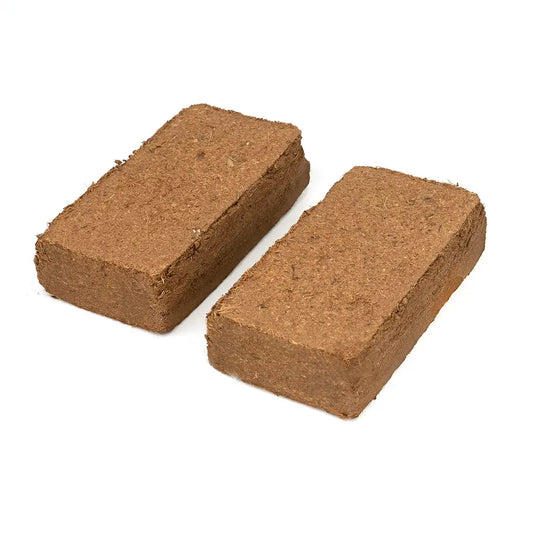The plant-based by-product of coconut husks, cocopeat, has become known as a key component of effective and environmentally friendly cocopeat in gardening. Because of its easy texture, capacity to hold onto water, and air-circulating features, it is an excellent option for growing in small spaces and containers. However, despite all of these advantages, misused cocopeat in gardening can reduce plant yield and growth.
It's important to be conscious of the typical dangers when utilizing cocopeat, whether you're developing an attractive vegetable garden or growing herbs in your home garden. Let's discuss how to take full advantage of this amazing expanding medium and what to look out for.
The main mistakes that occur when using cocopeat in gardening.
1. Incorrect Cocopeat Preparation
Many gardeners purchase loose coco peat or crushed blocks of coconut brick soil without doing any extra processing. Salts that are toxic to plants may be found inside unwashed cocopeat.
Solution:
Before using, gently soak and rinse the cocopeat. To prevent high potassium and sodium in sensitive plants, neutralize the cocopeat with a calcium nitrate solution.
2. Using Cocopeat Without Any Changes
Cocopeat is an excellent water-holding product, but too much of anything can be harmful. In small areas, cocopeat may hold too much moisture, which can cause root rot.
Solution:
Mix your cocopeat with nutrients like perlite, vermiculite, compost, or sand. This improves structure, aeration, and nutrient availability, making it appropriate for any vegetable garden.
3. Overwatering Because of Its Capacity to Hold Water
Overwatering is a common problem because coco peat can hold many times its weight in water. The root zone is highly moist, while the upper layer may appear dry.
Solution:
Before watering, verify accurate moisture levels in the soil using a moisture meter or touch it with your finger two inches deep. When it comes to indoor home garden designs, this is especially important.
4. The Ignorance of Fertilization
For plants, cocopeat is a neutral medium, which means it has no nutrients. After starting in cocopeat for plants, beginners frequently forget to fertilize their plants, which results in limited development.
Solution:
Soon after the planting process, start fertilizing with a water-soluble, balanced fertilizer. For a slow release of nutrients, mix coco potting soil with compost or worm castings if you like organic gardening techniques.
5. Ignoring Sterilization Prior to Utilization
Cocopeat's reusable nature is one of its best qualities, but it requires maintenance. It might attract pests and diseases if it is reused without being cleaned.
Solution:
Remove any old roots and let the medium dry in the sun after harvesting or transplanting. Before keeping or utilizing it again, disinfect it with a solution of potassium permanganate or hydrogen peroxide that has been diluted.
6. Using Low-Grade Cocopeat
Every variety of coco peat is made equally. Poor quality types may have a lot of tiny particles, rough fibre, or unclean salts, which can harm root health and aeration.
Solution:
Select premium, cleaned cocopeat from trustworthy vendors of gardening supplies. From the bag or block, the best cocopeat is uniform, clean, and pre-buffered for safe use.
7. Improper Storage of Cocopeat
Fungal and infection can grow when leftover or rehydrated cocopeat is stored improperly, particularly in humid conditions.
Solution:
Unused coconut brick soil or expanded cocopeat should be kept in airtight bags or bins in a cold, dry location. Before sealing, always allow it to dry completely.
8. Planting Without Preparing the Medium
Directly planting seeds or seedlings in dry cocopeat may hinder root penetration and germination.
Solution:
Before you start filling containers or beds, carefully moisten and fluff the cocopeat. In your home garden, this guarantees better contact with seeds or roots and steady water absorption.
Conclusion
When used properly, cocopeat gardening can dramatically improve plant growth, soil health, and water efficiency. You can makeover your home garden and create a more productive vegetable garden by avoiding these easy yet typical mistakes.
Whether you are cultivating vegetables, herbs, or decorative plants, a well-prepared coco potting soil base will provide the ideal platform for your garden. To guarantee the best results, select only the best cocopeat and purchase items from reliable suppliers of garden supplies.

